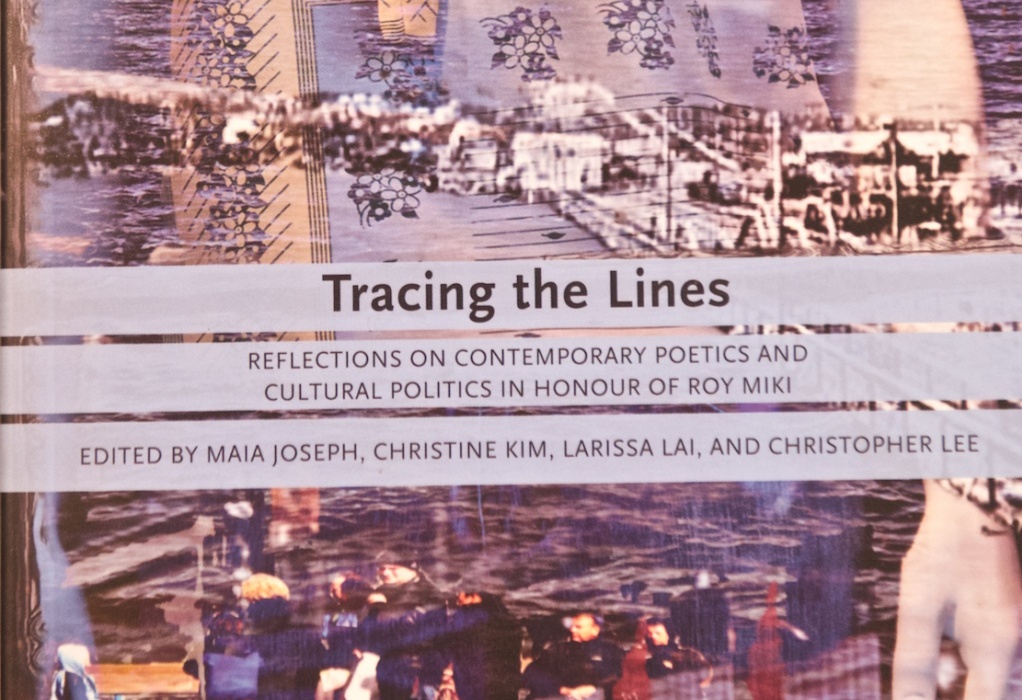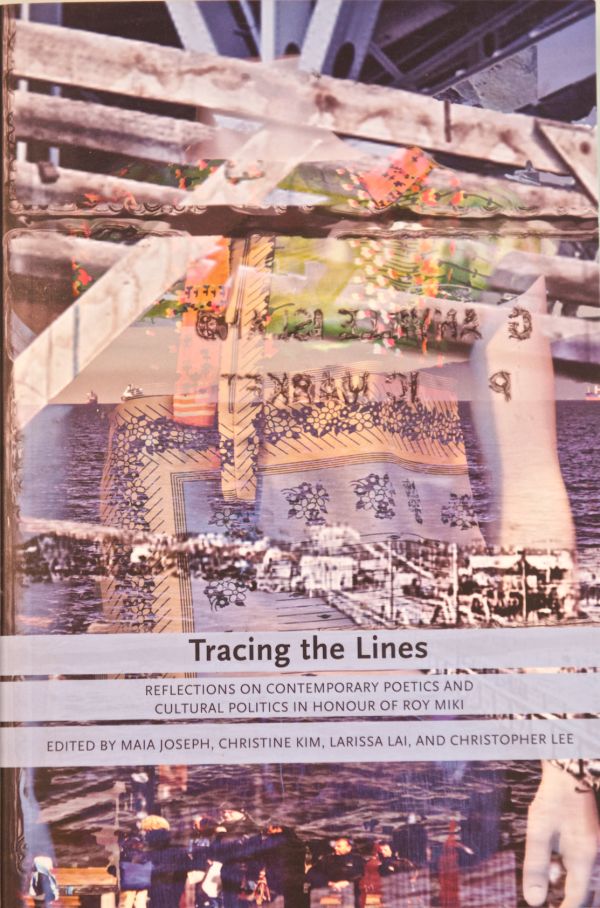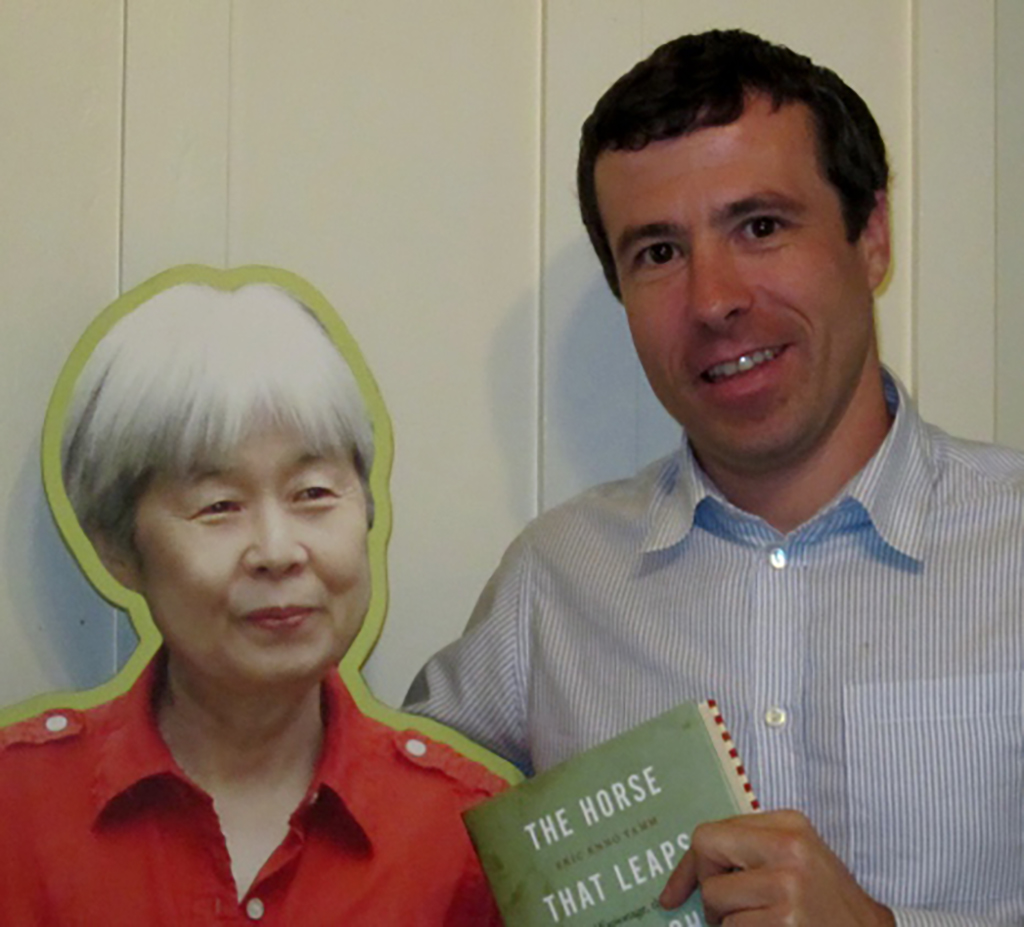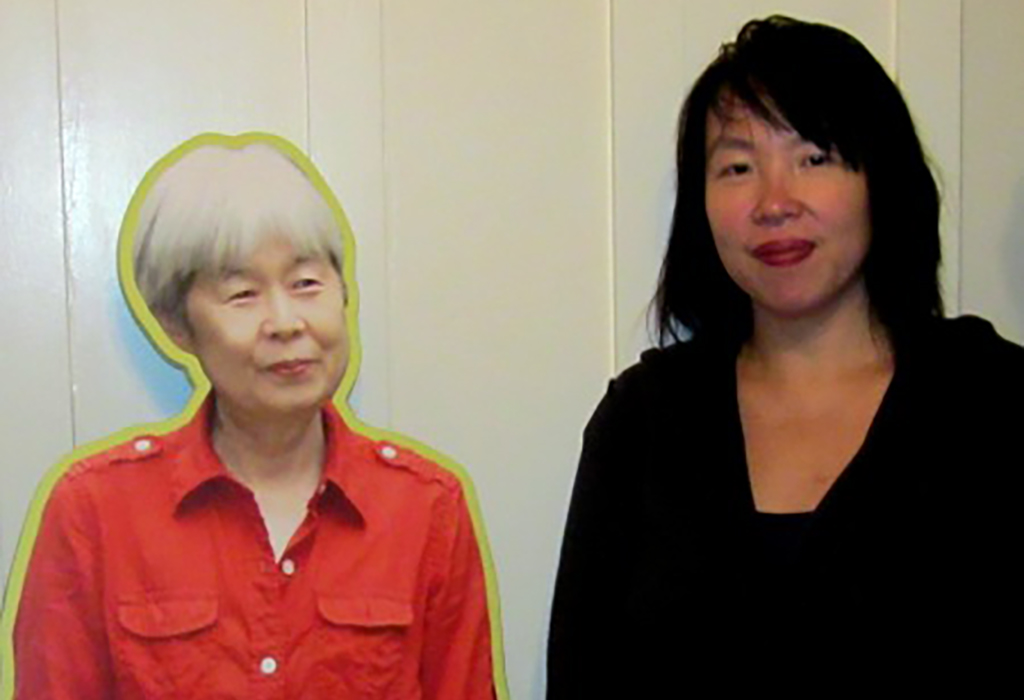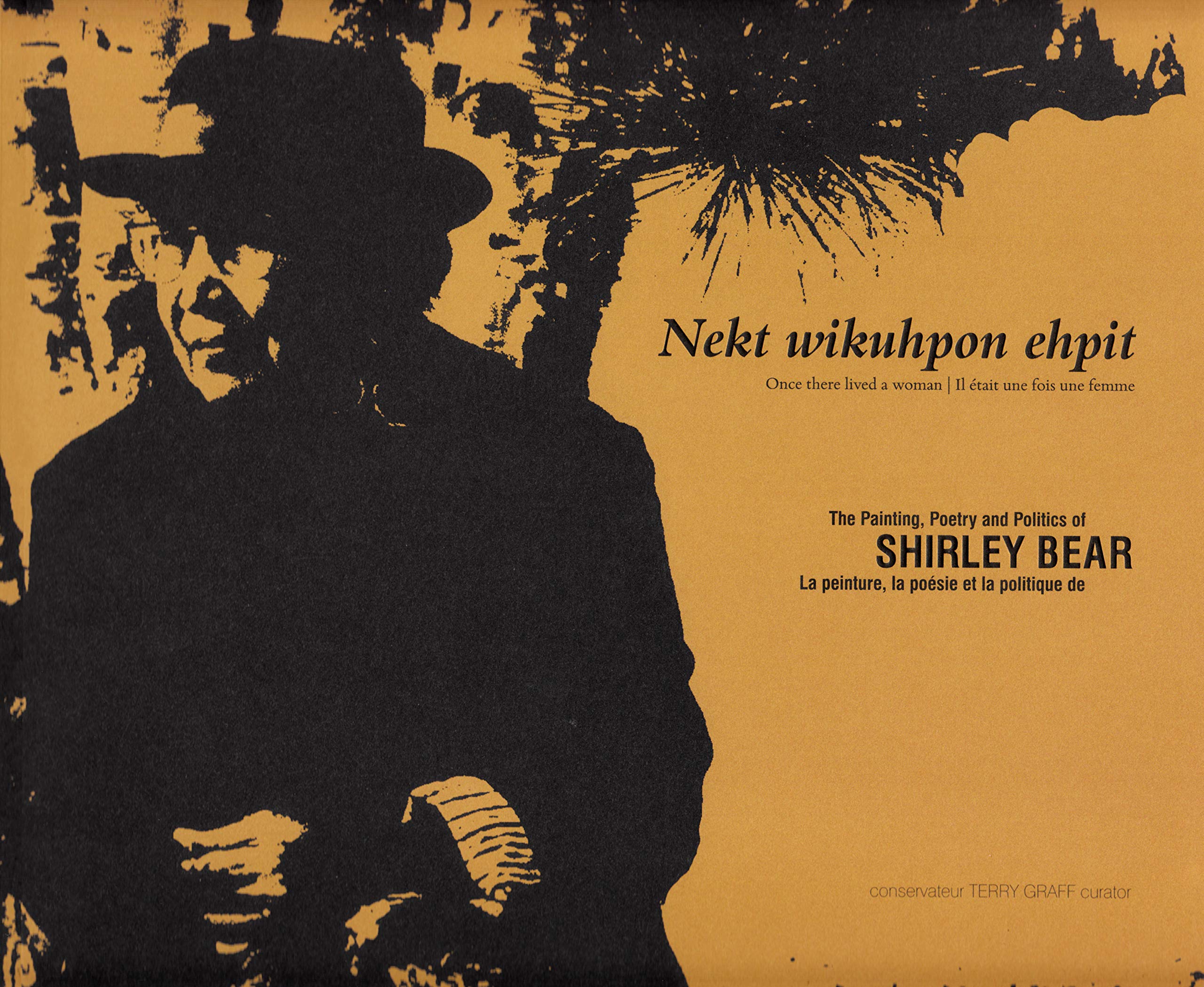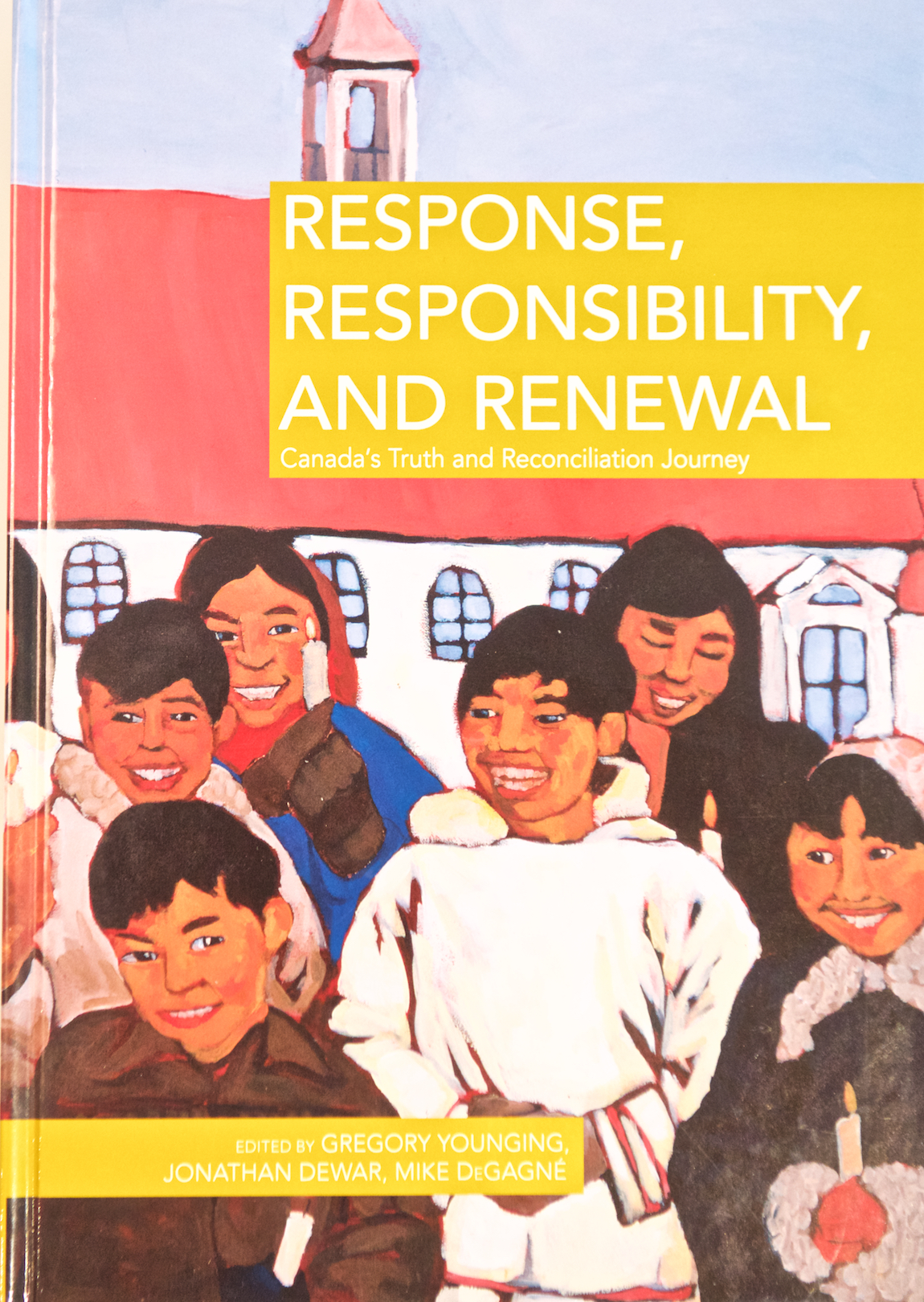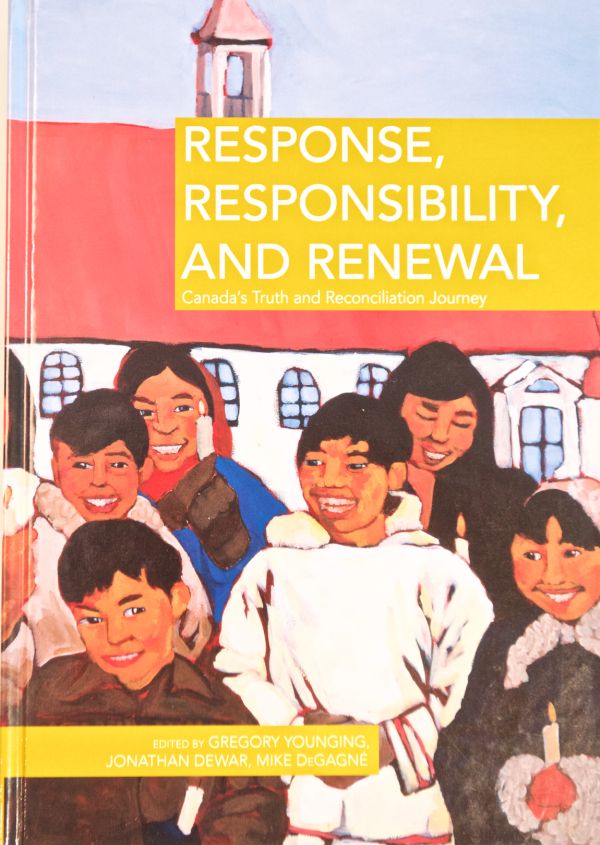Betsy Warland and Fauzia Rafiq were our featured writers in November, on back-to-back Sundays. They are both spirited feminists and activists, committed to a way of writing that reflects the real personal and political experience of women. So, as women and writers they have lived and worked close to the edge, challenging the norm; Betsy as lesbian, and Fauzia a non-practising Muslim.
I met both women in the eighties in Toronto, and so their visits to Kogawa House were opportunities to reread their work. It was delicious going back to Betsy’s early books, submerging myself in her exploration of words and meanings, her archaeological expeditions. Serpent (w)rites from 1987; Open is Broken in 1984. After a while I could see poetry in the Table of Contents. Nothing is in not considered in these texts; the visual composition of the poems matters, the bibliography matters. Here it is cast as prose, gathered in a single paragraph. Nothing is sacrosanct. Quotes from other books are used, and references to feminist theory and archival documents made. So, non-fiction poetry?
Then there is Bloodroot. A personal essay/memoir about her mother’s dying, it is at heart a meditation on how her mother dealt with homosexuality and in the end, as death approached, found a way around it to her daughter.
With Fauzia, it’s her short story “Birth of a Murder” I return to. About the stoning of a baby in front of a mosque in Karachi, that was published in This Magazine in 1989. Her 2007 novel Skeena might be taken for as a portrait of that baby’s mother, for it’s the universal story of Muslim women. In this case, the little village girl become student in Lahore, and then a wife in Toronto and at each stage finds her wings clipped, confined to the prison within the family. (At the end, though, it is the Surrey Police in the aftermath of 9/11 who put her under house arrest.)
The group at Betsy’s reading were full ideas and interjections, and asked about the changes over time in her work. Not just the forms, but the ideas and arguments. They expressed a delight in her reading, and I felt the same. It was as if Betsy had scored the passages she read. The repeated pauses, the drawing of breath.
When I introduced Fauzia to the gathering, she told us about the impact Obasan had on her when she read it shortly after arriving in Canada. In Joy’s novel about Japanese Internment during the War she saw tremendous harshness and suffering, yet there was a gentleness, a kind of peace underlying the telling. She admired that, and aspired to do something similar in her own fiction.
Much of the talk that afternoon revolved around language — Punjabi, Urdu, and English. Fauzia writes in all three, and she spoke about her voice differing in each. Several other writers joined in, Tariq Malik, Phinder Dulai, Ashok Bhargava, and Ajmir Rode included.
All of these writers have gotten behind a new initiative, Surrey Muse, which hosts monthly get-togethers at the Surrey Public Library with an open-mike and scheduled readers. “Interdisciplinary arts and literature presentations” which deliberately cross-over and invites intruders. It’s first meeting was on November 25th and I read along with Greek poet Manolis, and a very young and talented playwright, Sana Janjua, who read a passage from her play that had people in tears. The highlight of the evening was a young man who stumbled upon the meeting, and stayed to listen. He asked interesting questions, and before the evening was done, we’d ascertained he was a poet and pressed him to recite something. Which he did, in Ukrainian. (Manolis had also read in Greek.)
“I believe the writing we value is writing which springs from necessity.” — Betsy Warland
